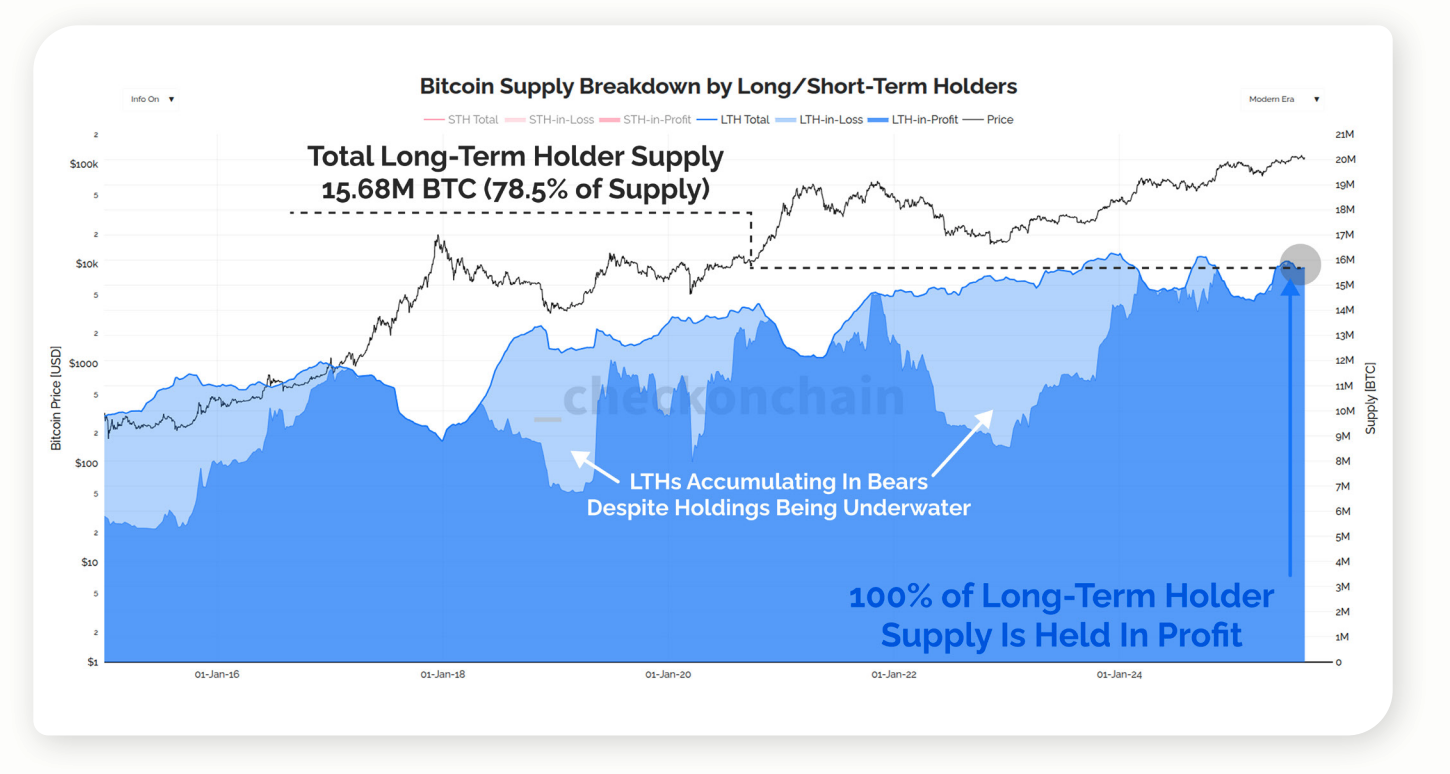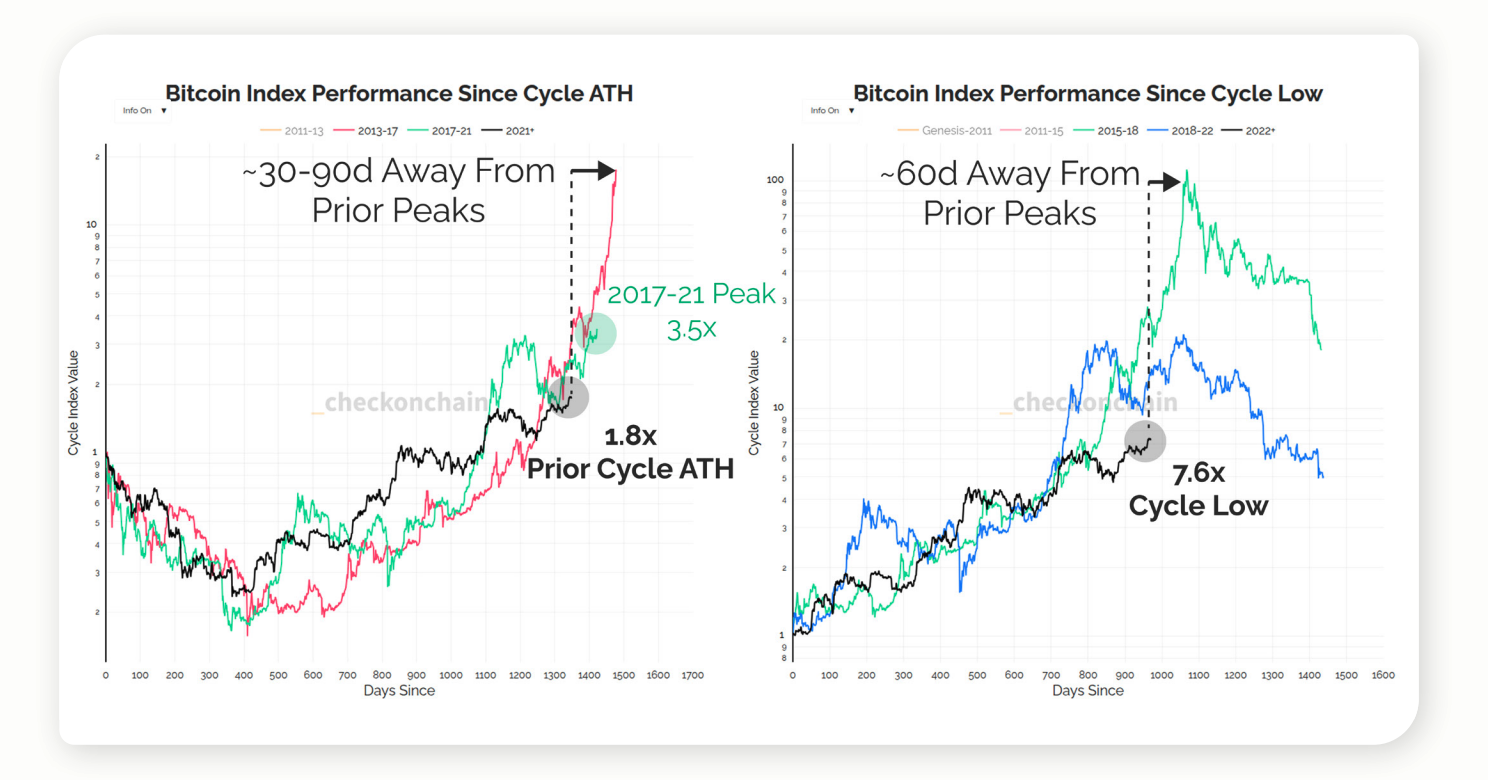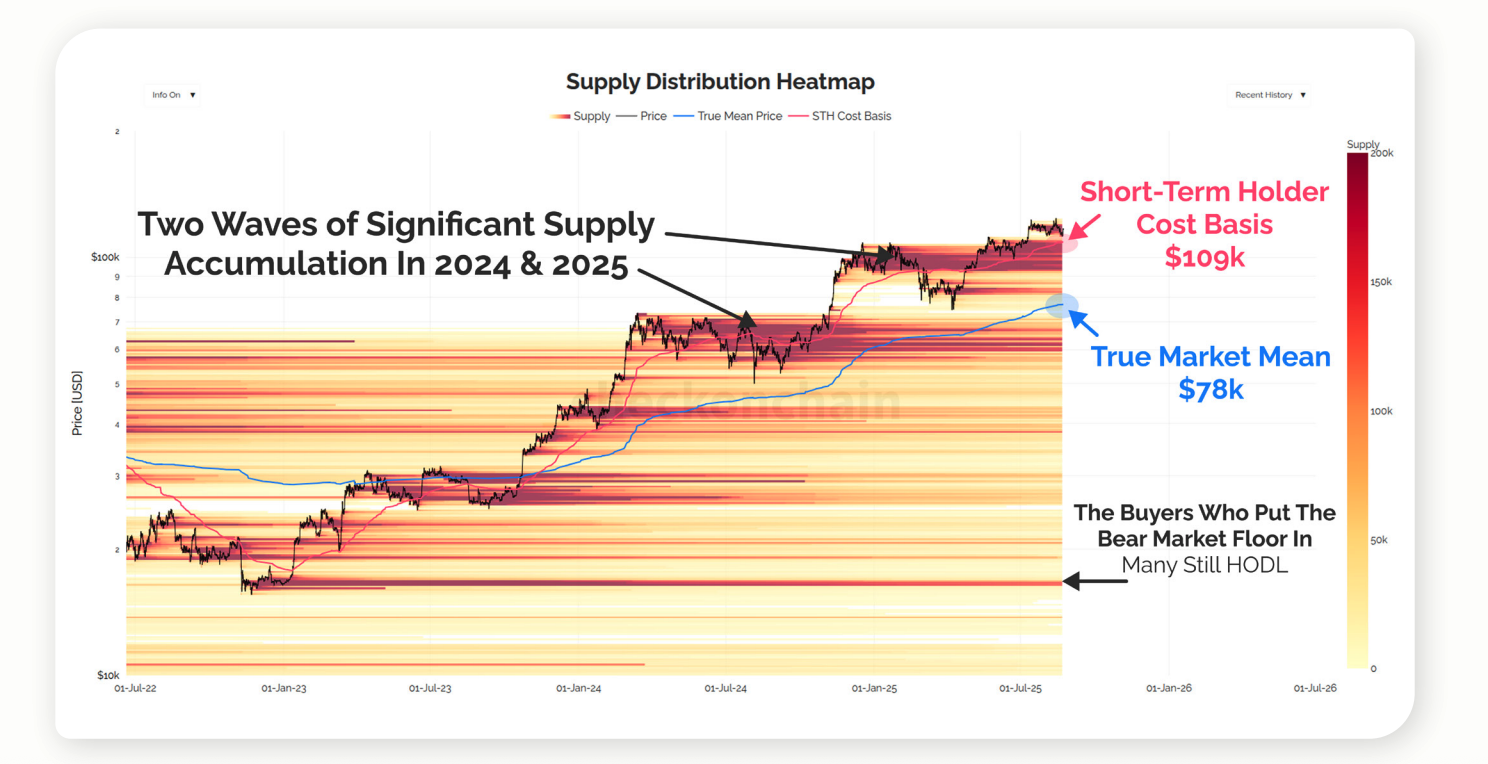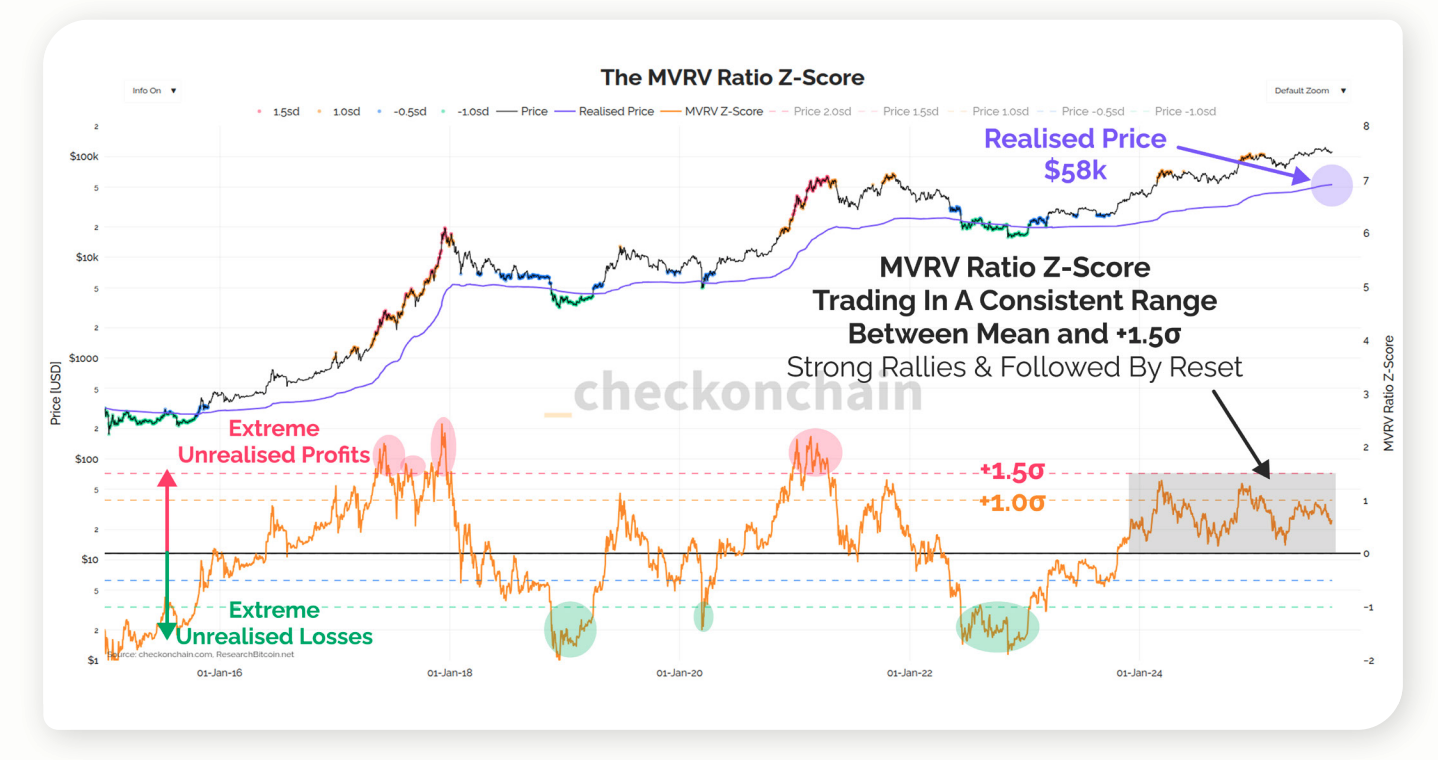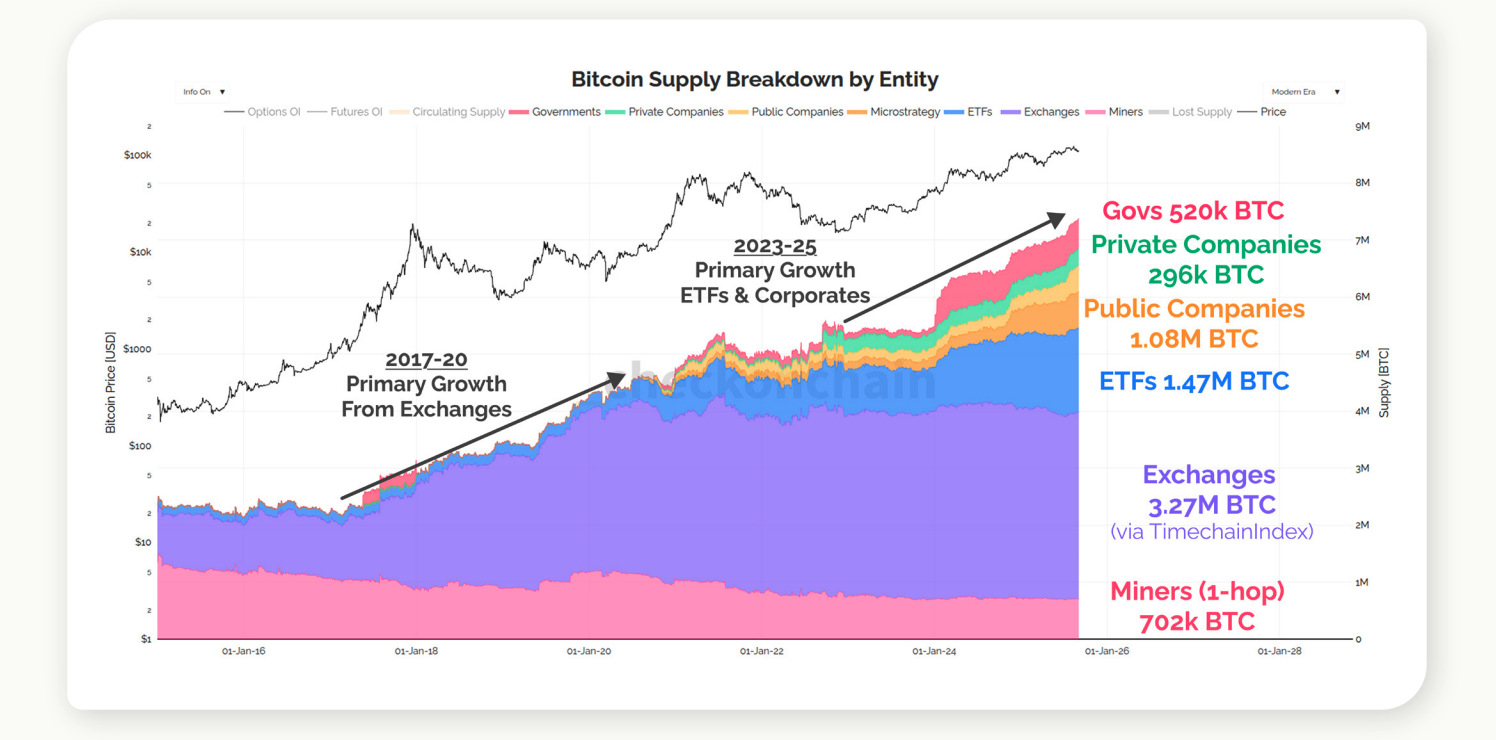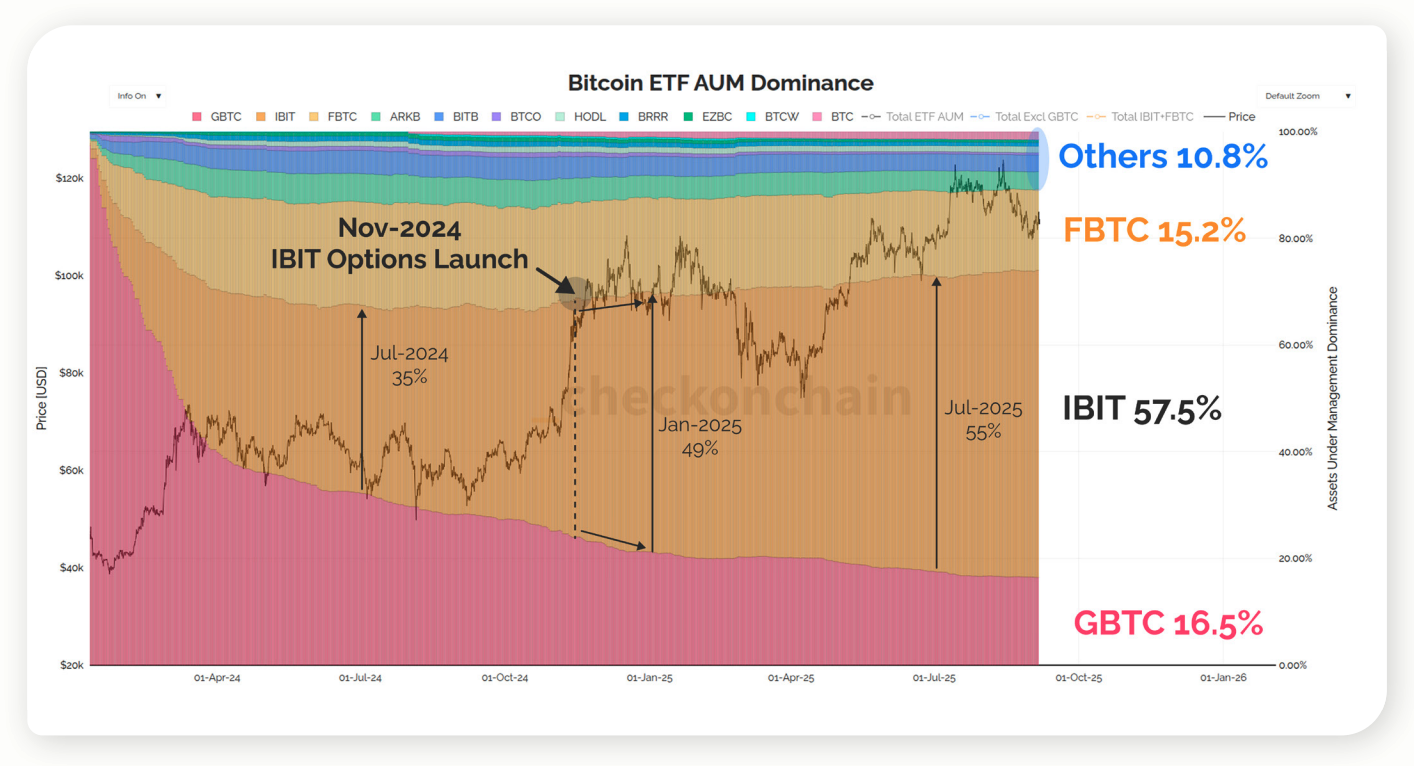As a researcher tracking Bitcoin, I’m observing something unusual. Historically, we’ve seen a predictable pattern – roughly every four years, after the ‘halving’ event, the price increases. But this time, despite significant investment through new ETFs and growing corporate interest, that pattern doesn’t seem to be holding. It’s the first time I’ve seen the market deviate so noticeably from this established cycle.
Price trends are now increasingly driven by things like sudden changes in available cash, investments from sovereign wealth funds, and the expanding use of derivatives. This change leads to a key question for 2026: will traditional investment strategies based on economic cycles still work, or will institutions need to develop entirely new approaches?
Has the cycle finally snapped?
Now that these trends are taking hold, the real question isn’t if past patterns still apply, but if they’ve already been superseded. To explore this idea, BeInCrypto interviewed James Check, co-founder and on-chain analyst at Checkonchain Analytics, and formerly the Lead On-Chain Analyst at Glassnode.
As a researcher following Bitcoin, I’ve always been fascinated by the four-year halving cycle and how consistently investors have reacted to it. But lately, I’m seeing signals that this pattern might be changing. We recently observed significant ETF inflows – around $1.9 billion in September 2025, with nearly half going into Bitcoin – according to CoinShares. Glassnode has identified a critical price range between $108,000 and $114,000 that will be a key test for the market. Interestingly, despite Bitcoin reaching new all-time highs, data from CryptoQuant shows that the amount of Bitcoin entering exchanges is at a historic low. This combination of factors suggests the usual dynamics might be different this time around.
ETF inflows: fresh demand or reshuffling?
Strong ETF inflows in September showed high investor interest, but it’s important to determine if this represents fresh money or just existing investors shifting funds from products like GBTC. Understanding this difference is key to gauging how sustainable the recent market gains are.
From my research, we’re definitely seeing some existing cryptocurrency holders move their assets from directly holding coins on the blockchain to investing in these new ETFs. It’s happening, but it’s not the dominant trend. What’s really striking is the sheer volume of new money flowing in – we’re talking tens of billions of dollars from serious investors. The key difference now is the presence of many financial institutions acting as intermediaries – the ‘sell side’ – which is a significant change from the previous landscape.
James pointed out that ETFs have seen about $60 billion in total investment. However, data reveals that long-term investors are actually selling profits each month—between $30 and $100 billion worth—which explains why prices haven’t risen as much as ETF demand would indicate.
Exchange flows: signal or noise?
Data from CryptoQuant reveals that very few Bitcoins were deposited into exchanges when its price peaked in 2025. This might suggest a genuine shortage of Bitcoin available for sale. However, James advises against drawing firm conclusions based on this data alone.
I don’t often rely on data from cryptocurrency exchanges because I don’t find it particularly helpful. While exchanges hold a significant amount of Bitcoin – around 3.4 million – many data companies struggle to track all the relevant wallet addresses, as it’s incredibly difficult to find them all.
Our analysis shows that the amount of Bitcoin held long-term – currently 15.68 million BTC, representing about 78.5% of all Bitcoin in circulation and currently profitable for those holders – is a better indicator of how scarce Bitcoin is than simply looking at how much is on exchanges.
Do miners still move the market?
Historically, the term ‘mining’ often signaled potential financial risks. However, with investments increasingly driven by ETFs and treasury bonds, its impact might be much smaller than people think.
Looking at the Bitcoin network, the amount of selling pressure I previously mentioned is very small – you have to really zoom in on the charts to even see it. It’s much less significant than selling from long-term holders or the money flowing into ETFs. Because of this, I don’t think the upcoming halving event will have a noticeable impact on price, and it hasn’t really mattered in the last few cycles. I believe the idea that the halving is a major factor is no longer valid.
Miners currently release around 450 Bitcoin each day, but this amount is small compared to the Bitcoin moved by long-term holders, who can release between 10,000 and 40,000 BTC daily during periods of high market activity. This difference explains why the actions of miners have less influence on Bitcoin’s price movements than they used to.
From cycles to liquidity regimes
When asked if Bitcoin’s predictable four-year price pattern still holds true, or if it’s now more influenced by market liquidity, James explained that fundamental changes in how people are adopting Bitcoin are the key factor.
Bitcoin has experienced two key turning points. The first was the peak it reached in 2017. More recently, towards the end of 2022 and beginning of 2023, Bitcoin transitioned into a more established and sophisticated asset. Now, instead of global events driving Bitcoin’s price, Bitcoin is increasingly influencing how the world reacts.
Current research suggests Bitcoin is behaving more like a standard market index due to decreased price swings and the increased popularity of exchange-traded funds and derivatives. Importantly, market liquidity – how easily Bitcoin can be bought and sold – is now the primary driver of its price movements, rather than the scheduled halving events.
Realized Price and new bear-market floors
Historically, tracking the actual price investors paid helped identify market cycles. Fidelity’s research indicates corrections often happen 12 to 18 months after a Bitcoin halving event. However, James believes this method is no longer dependable and suggests focusing instead on where the price levels with the highest trading volume are forming, as those indicate key support and resistance areas.
As an analyst, I’m watching for the end of this bear market, and traditionally, that happens when the price hits the ‘realized price’ – essentially, the average price everyone paid for their Bitcoin. That’s currently estimated around $52,000, but I believe that number is a bit misleading. It includes coins from the very beginning – Satoshi’s coins and those that are likely lost forever. Because of that, I don’t think we’ll see Bitcoin fall back to the $30,000 range like in previous bear markets. If a new bear market floor were to form now, I’d anticipate it around the $75,000 to $80,000 level – that’s where I see potential support building.
The data reveals that costs tend to group between $74,000 and $80,000, across various sources like ETFs, corporate funds, and overall market trends. This suggests that prices are likely to find support and potentially bottom out within this range during a market downturn.
MVRV and the limits of metrics
Unlike some other indicators, the MVRV Z-Score hasn’t failed, though its typical high and low points have shifted due to changes in market conditions and the types of assets being traded. James suggests being adaptable and not relying on fixed levels.
The data we’re tracking still seems accurate, but the old warning levels aren’t working as well. We should use these metrics to understand what’s happening, not to predict the future. It’s obvious when a market is overheating and about to crash, but it’s much harder to identify when a strong market is simply losing momentum and starting to decline.
Looking at the data, I’m seeing the MVRV indicator starting to level off around +1 standard deviation, instead of spiking like it has in the past. This actually supports what James has been saying – understanding the bigger picture and current market conditions is more important than relying on specific, pre-set price targets.
Sovereign flows and custody risk
With large investors like sovereign wealth funds and pension plans looking to get involved, a major worry is how much money is focused on one company. James pointed out that Coinbase controls a large portion of the Bitcoin supply, but believes the way Bitcoin is created – through a process called proof-of-work – actually reduces the overall risk to the financial system.
The biggest risk right now likely comes from Coinbase, as they hold almost all the Bitcoin for the new ETFs. However, because Bitcoin operates on a ‘proof of work’ system, the location of those coins isn’t a critical issue. The Bitcoin network is designed to handle any potential problems, and the market will naturally adjust to find a solution.
Information shows Coinbase holds the majority of assets for US spot ETFs, highlighting how much control they have and explaining why James views this as a market issue, not a security concern.
Options, ETFs, and U.S. dominance
James highlighted derivatives as key to Vanguard potentially expanding into ETFs and tokenized markets.
What’s really driving things isn’t the ETFs themselves, but the options trading that’s happening around them. Starting in October 2024, the IBIT ETF really took off and is now the only one consistently attracting significant investment. The United States currently holds about 90% of all ETF assets.
Recent market data indicates that BlackRock’s IBIT ETF has quickly become a leader in attracting investment, particularly after the introduction of options trading in late 2024. US exchange-traded funds (ETFs) are responsible for almost 90% of global investment flows, highlighting the significant impact of options and other derivatives on market trends. IBIT’s strong performance confirms that US ETFs are driving the vast majority of new investment, solidifying the country’s dominant position in the market.
Closing thoughts
People are constantly searching for a single, foolproof way to predict what will happen next, but that doesn’t exist. What you *can* control are the choices you make. Be prepared with a plan for different scenarios – whether things go poorly and drop to 75, or go exceptionally well and reach 150.
James believes the best way to handle market fluctuations, both positive and negative, through 2026 and in the years following is to plan for a range of possible outcomes.
According to his research, Bitcoin’s price may not follow its traditional four-year pattern anymore. New factors, like money coming in from ETFs and large investments from countries, are now more important. However, what long-term Bitcoin owners do with their holdings still has the biggest impact on its future.
Traditional indicators like Realized Price and MVRV suggest a potential bottom for this bear market around $75,000 to $80,000, but they need to be re-evaluated. In 2026, institutions should pay close attention to how easily Bitcoin can be bought and sold, secure storage solutions, and the growing market for Bitcoin derivatives built on top of ETFs.
Read More
- BTC PREDICTION. BTC cryptocurrency
- FLR PREDICTION. FLR cryptocurrency
- XRP PREDICTION. XRP cryptocurrency
- NEXO PREDICTION. NEXO cryptocurrency
- GBP CAD PREDICTION
- PENGU PREDICTION. PENGU cryptocurrency
- LSETH PREDICTION. LSETH cryptocurrency
- Gold Rate Forecast
- Brent Oil Forecast
- BNB PREDICTION. BNB cryptocurrency
2025-10-19 08:26

